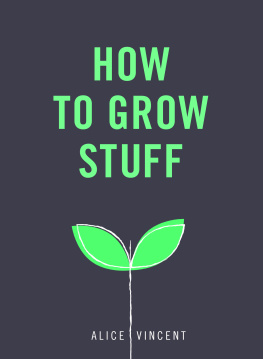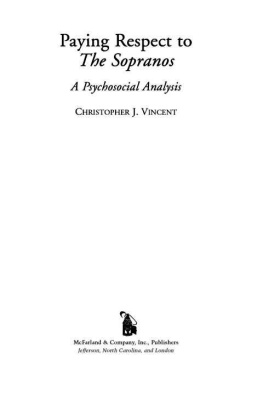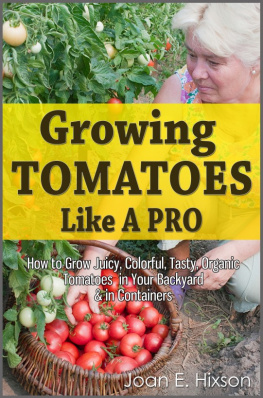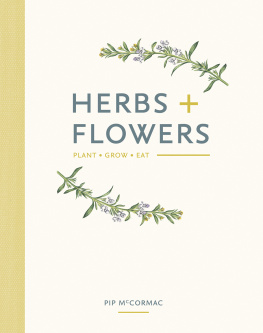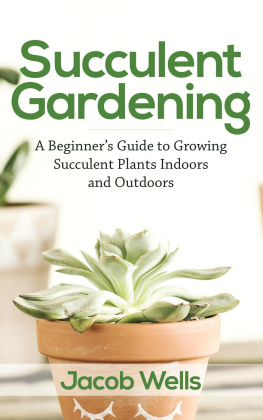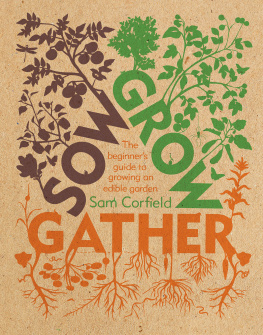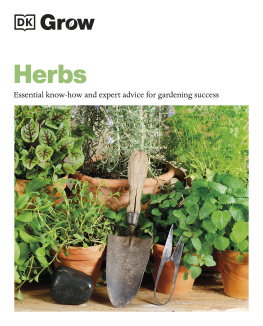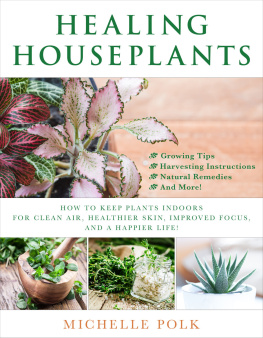CONTENTS
ABOUT THE BOOK
The essential, no-stress gardening guide for beginners.
If you are feeling green-fingered but not sure where to start, this book is for you. Growing herbs, veg, salad, flowers and houseplants is fun and pretty easy. You just need some practical knowledge all in this book and a bit of space a window ledge, pot or plot of soil.
Enjoy growing (and keeping alive) basil, mint, parsley, rosemary, chillies, courgettes, rocket, tomatoes, geraniums, pansies, lavender, osteospurmum, daffodils, hyacinths, muscari, tulips, succulents, aloe vera, money plants, maidenhair ferns and oxalis.
If you have no outside space at all, you can grow nearly everything here inside too
ABOUT THE AUTHOR
Alice is an arts journalist who has been growing things in London for a while now, but she really became fascinated with plants after taking over a wind-blown balcony nearly three years ago. A self-taught gardener, she has learned how to grow plants to eat, admire and enjoy both inside and out, and maintains that limited experience and space shouldnt stop anyone from growing things. For the past year Alice has been documenting her plant adventures on Instagram as @noughticulture and keeping a column on urban and rookie gardening for The Telegraph.
If youve never grown anything before, herbs are the best place to start. They are cheap, unthreatening and a pot or packet of seeds can be picked up in a supermarket aisle.
Its easy to be taken in by the delightful-looking wooden planters filled with lots of different types of herbs, but it can be tricky to keep them all looking lovely if youre just starting out. Basil, for instance, needs far less water than parsley, while mint and rosemary both like their space. Shoving them all together in one vintage wine crate can be the equivalent of a botanical Big Brother house theyre unlikely to all get along nicely.
So, this chapter will teach you how to grow and look after four useful, everyday herbs that look, smell and taste wonderful. Basil, mint and parsley elevate countless salads, sauces and cocktails, while rosemary adds as much depth and substance to heartier meals as it will your outside space.
Plus, all of them flower beautifully, attracting bees and other wildlife to your home. So if you do grow more parsley than you can eat, let it flower and you know that another creature is benefitting from your endeavours.
HOW LONG WILL MY HERB PLANTS LAST?
While rosemary can live for years in the right conditions, basil, mint and parsley are all treated here as one-season plants, or annuals. Although parsley and mint can return for another spring, its better to enjoy your herbs while they are in their prime and to encourage them to keep cropping during their growing seasons, so consider any extra subsequent growth a bonus.
THE BEST WAY TO PICK HERBS
To keep your herbs bushy and beautiful, only take leaves from the top of the plant when you are picking them. Look out for the tiny new leaf nodules growing lower down on the stems and cut or pinch off the stem and leaves that grow above them. This is called pinching out and it will encourage new growth outwards, rather than upwards.
If you just pick leaves from the side of the stems, youll end up with a plant that has long, bare, woody stalks and fewer leaves.
GETTING YOUR HERBS TO MAKE LEAVES, NOT FLOWERS
When parsley, basil and mint are exposed to hotter temperatures they can bolt. This means the plant grows very tall very quickly and produces flowers to try to make seeds so it can reproduce before it dies.
While this looks impressive, it isnt great for the quality of your herbs, as the plant is putting energy into making seeds rather than delicious leaves. So, pinch off those little flowers along with two sets of leaves underneath. If theres enough of a stem, pop them in a glass of water they smell great.
BASIL
The first plant I nurtured as a pretend grown up. If you want to make this your foray into herb growing, its not a bad way to start. You can pick up a basil plant cheaply from the supermarket any time of year.
Ive grown a few varieties purple, lettuce, sweet with mixed success, and I now generally accept that its a herb to cherish while it lives and should be replaced when it goes past its best.
Basil hails from India and now grows in Mediterranean countries, so it likes sunshine and warmth.
HOW TO GROW
Take off the plastic wrap around the plant and pop the whole thing, including the pot, on a saucer or in a fancier container. Keep inside, somewhere warm and sunny a windowsill will do and let its leaves gloriously flop out.
Supermarket herbs are usually very well watered, so theres no need to water it unless the soil is dry. Leave it be for a few days to settle into its new home. Basil never needs watering as much as people think it does; the trick is to wait until the soil is dry and the plant looks on the verge of wilting, then give it enough water that it just starts to run out into the saucer or pot.
If you have forgotten to water it and the plant doesnt recover after a thorough soaking, accept defeat and pick all the leaves. They can be chopped up and frozen, or made into pesto. Go and buy a new plant.
Make sure you turn your basil around in the light every few days to encourage growth on all sides.
If youve managed to keep your basil alive, you may want to treat it to a summer holiday outside. Warm weather can encourage more vigorous growth. Decant the plant into a bigger pot with stones at the bottom (for drainage) and topped with compost or into a hole in a flowerbed. Either water the basil before it goes in, or give it a soaking once youve put it in the new soil and patted it down. After a few days, water it regularly if its warm and sunny outside, and less when its cooler.

